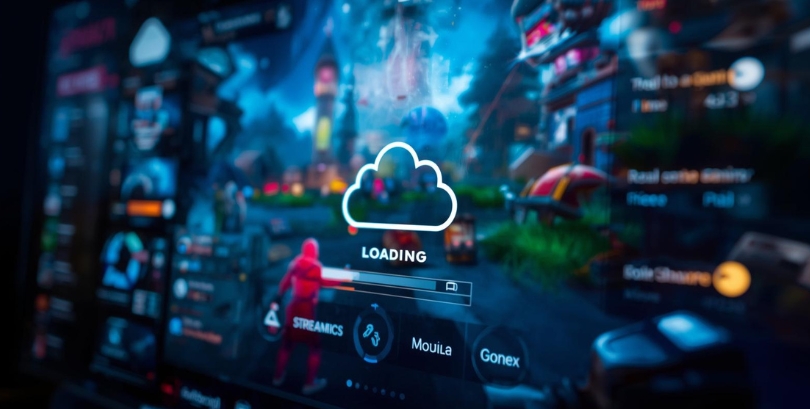AI is rapidly growing and it can get hard to keep up with its pace. AI is rapidly transforming our world, promising unprecedented advancements and conveniences. Yet, beneath the shiny veneer of innovation lie some deeply unsettling trends that have the power to genuinely scare people. It’s not about killer robots from sci-fi movies (at least, not just about them), but rather the more subtle, insidious, and often already present ways AI can disrupt our lives and challenge our sense of security and humanity.
Let’s dive right in to some of the controversial AI trends:
The Job Apocalypse: AI Taking Our Livelihoods
Perhaps one of the most immediate and widespread fears is AI’s potential to replace human workers on a massive scale. We’ve already seen AI tools automating tasks in customer service, data entry, content creation, and even some analytical roles. While proponents argue AI will create new jobs, the transition period, and the sheer volume of jobs potentially impacted, are a source of genuine anxiety.
Fear: Widespread unemployment, a widening wealth gap, and a future where many find their skills obsolete, leading to economic instability and societal unrest. Imagine entire industries shrinking as AI takes over, leaving millions scrambling for retraining or facing long-term unemployment.
The Reality: Many workers claim that they already know someone who has lost a job due to AI. While some argue that AI will augment human capabilities rather than replace them entirely, the fear of being “replaced by a machine” is a very real and present concern for many.
The All-Seeing Eye: Pervasive AI Surveillance
From smart cities to predictive policing, AI-powered surveillance is becoming increasingly ubiquitous. Facial recognition, gait analysis, and even emotion detection technologies are being deployed by governments and corporations, raising serious questions about privacy and civil liberties.
The Fear: A dystopian future where every move, every interaction, and even our emotional states are monitored and analyzed by AI, leading to a loss of anonymity, suppression of dissent, and potential for abuse by authoritarian regimes or even private entities for commercial gain.
The Reality: AI systems for video surveillance are already in use, capable of recognizing suspicious behavior and monitoring feeds. The concern isn’t just about crime prevention, but the potential for widespread data collection without consent, leading to a chilling effect on freedom of expression and assembly.
Deepfakes and the Erosion of Truth
Deepfake technology, which uses AI to create highly realistic but fabricated images, audio, and video, has moved beyond mere novelty to become a serious threat. It can convincingly portray individuals saying or doing things they never did, making it incredibly difficult to discern reality from deception.
The Fear: The complete erosion of trust in visual and auditory evidence, leading to rampant misinformation, political manipulation, reputational damage, and even identity theft. Imagine a deepfake of a world leader making a provocative statement, sparking international conflict, or a fabricated video destroying someone’s career.
The Reality: Deepfakes are already being used for financial fraud, impersonation, and targeted disinformation campaigns. Social impact organizations, which rely heavily on public trust, are particularly vulnerable to deepfakes being used for fraudulent donation appeals or to spread false narratives.
Autonomous Weapons: The “Killer Robots” Debate
Perhaps the most chilling of all trends is the development of autonomous weapon systems (AWS) – often dubbed “killer robots” – that can identify, select, and engage targets without human intervention. The ethical and moral implications of delegating life-and-death decisions to machines are profound.
The Fear: A future where machines decide who lives and who dies, without human judgment, empathy, or accountability. This could lead to an accelerated arms race, unintended escalation of conflicts, and a dehumanization of warfare.
The Reality: Discussions around regulating AWS have been ongoing for over a decade at the UN, but development continues. Concerns include algorithmic biases leading to discriminatory targeting, the loss of meaningful human control, and the “black box” nature of some AI systems, making it impossible to understand why a decision was made.
AI Bias and Discrimination: Perpetuating Injustice
AI systems learn from the data they are trained on. If this data reflects existing societal biases, the AI will not only replicate but often amplify those biases in its decision-making. This can lead to discriminatory outcomes in areas like hiring, credit scoring, healthcare, and law enforcement.
The Fear: AI solidifying and exacerbating existing inequalities, leading to unfair treatment and systemic discrimination against marginalized groups, all under the guise of objective algorithms.
The Reality: We’ve seen real-world examples: Amazon’s hiring algorithm that favored male candidates, Apple Card’s alleged gender discrimination in credit limits, and predictive policing algorithms disproportionately flagging minority neighborhoods. Addressing AI bias requires diverse training data, rigorous testing, and continuous human oversight.
Moving Forward with Caution
These controversial AI trends highlight the urgent need for a more thoughtful and ethical approach to AI development and deployment. While AI holds immense promise, ignoring these alarming possibilities would be a grave mistake. Open dialogue, robust regulation, and a commitment to human-centric AI design are crucial to navigate this complex landscape and ensure that AI serves humanity, rather than terrifying it.
Tags:
Gaming Tech InnovationsTech TrendsAuthor - Aiswarya MR
With an experience in the field of writing for over 7 years, I find my passion in writing for various topics including technology, business, creativity, and leadership. I have contributed content to hospitality websites and magazines. Currently looking forward to improving my horizon in technical and creative writing.



